Our Verdict
A stylish mix of bullet hell and deft swordplay, Furi is only held back by rare bugs and poorly designed difficulty spikes.
PC Gamer's got your back
What is it? A challenging sci-fi samurai game that mixes bullet hell with reaction-based swordplay.
Price: $25 / £19
Publisher: The Game Bakers
Developer: The Game Bakers
Reviewed on: Windows 10, i7-6700K, 16GB RAM, GeForce GTX 980 Ti
Multiplayer: None
Link: Steam
Even though Furi stars the Stranger, a sci-fi samurai, busting out of a celestial prison with the aid of an omnipresent angry man dressed as a purple rabbit, I never felt like I was playing a ridiculous game. Furi counters its ludicrous premise, strenuous combat, loud neon synth jams, and saturated color palette with a surprising amount of restraint. It’s simply a series of top-down bullet hell, hack-and-slash boss fights that aren’t infinite anime escalations of power, but fair and challenging one-on-one encounters. You have as much power at the beginning as you do in the end—it’s only your skill that changes. But getting good can be quite the test of patience. Rare bugs and a few poorly telegraphed boss phases will be Furi’s Achilles’ heel for some, no matter how meditative and satisfying the combat is.
Furi’s combat is shallow, and I mean that as a compliment. All you can do is observe, react, and punish. It’s advanced Bop-It, a lighting quick series of rock-paper-scissors, the Grand Finals in fly-swatting—Furi exercises the hell out of a very small set of abilities until they feel like they were always there.
Flock of Samurai
You can slash, parry, shoot, and dash from the first minute, and holding each action’s button charges that move (parry is the only exception), which makes them more powerful at the cost of slower movement. It’s a fun combat system that rewards taking risks and encourages close study of the enemy’s offense in order to perfect timing. The soundtrack is lovely company for all the hard work I put in, a moody, synth-heavy score that spells intrigue and excitement in John Carpenter’s language.
Every boss is a remix of similar challenges that test your mastery of these controls and consist of several phases, marked by depleting a block of the boss’s health bar. Phase one will always be the easiest, introducing the boss’s combat leaning—some focus on bullet hell attacks, others on swordplay, stealth, and so on.
There’s a chance for redemption in Furi’s story, which goes further and hit me harder than I expected it to.
Takashi Okazaki of Afro Samurai designed Furi’s characters, each a distinct expression of their thematic and mechanical style and coupled with a name that wouldn’t be out of place in a Metal Gear game. The Strap is a prisoner like you—literally strapped to a sci-fi Segway—who lashes out in desperation, spraying bullets in erratic patterns and attacks anything that makes a sound (which can be exploited). The Hand is a noble turquoise knight with a green sword of light that prefers closer, intimate combat. His sword chunks off health in thirds and he can deflect bullets, so I had to get cozy with my katana. They’re all mysterious, creative characters with close ties to the Stranger, whose questionable intentions are reflected in how they talk to him. Turns out you’re not a great guy, being in celestial prison and all, but there’s a chance for redemption in Furi’s story, which goes further and hit me harder than I expected it to.
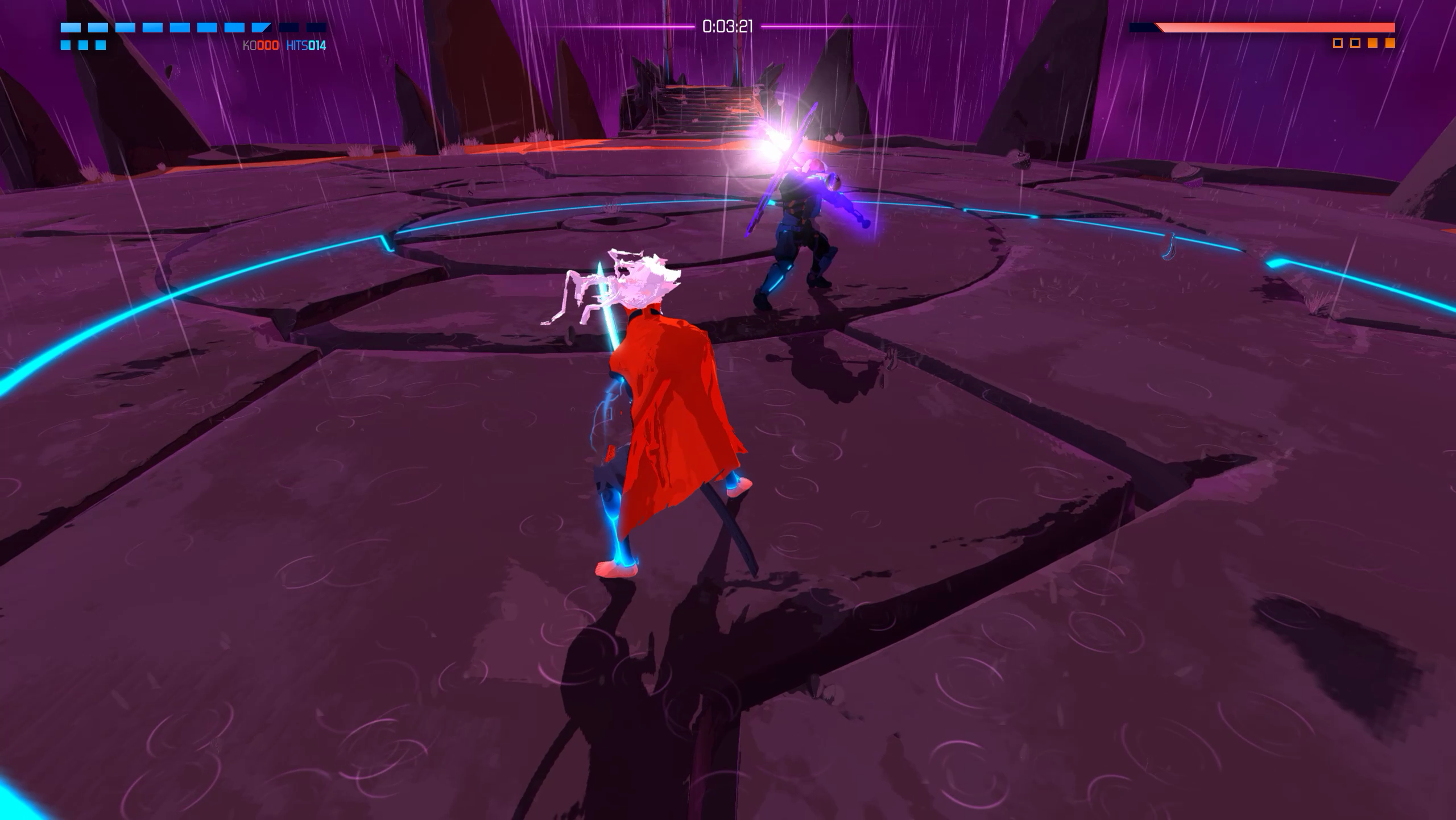
To start, bosses bust out a few basic attacks that hint at what’s to come—whittle them down enough and you’ll typically enter a short melee bout before the next phase begins proper. These lock the two combatants to a small circle where the focus shifts from bullet dodging to more complex combinations of melee parries and quick AoE attacks. The path to success is playing defensively, waiting for the enemy to attack, reading it within a second, and punishing: the brief glint of an incoming melee attack can be parried, AoE attacks require a series of quick dodges around red cones of indication, and sometimes it’s a dangerous mix of the two (and more). After committing a boss’s attack signposts to memory, Furi becomes a meditative game, where I focus entirely on the action and react in what feels like an inhuman way—a near perfect emulation of the main character’s mentality.
I wasn’t an expert from the get-go (who in Bop-It is?) so my health bar often depleted before the boss’s. But that’s not an instant death. Failure means you lose one of three opportunities to finish that section. Lose all three, and you start from phase one. Finish a boss phase to refill your health bar and get one life back. It’s a nice rhythm of give and take that gives you ample time to learn a phase’s attacks without throwing you into the next one empty handed. It’s necessary padding for when Furi fails to prepare you for its rare bugs and bewildering final phases.
Final daze
During the hardest battle of the game for me, a wall spawned beneath my character, where he got stuck and died. It was my best run at the boss after trying for an hour, so I felt like melting and dissolving into the sky. In my seven hours of play, it was the only major bug I encountered, but in a game that depends on precision, such a small blunder can knock the wind out of you. When I finally hit the final stage a barrage of unexpected laser waves and bullet walls flew in from every direction. It’s a combination of attacks not telegraphed in the boss’s prior phases, and a poor final ‘test’. Starting the entire fight over several times just for an attempt to figure out the final phase nearly broke me.
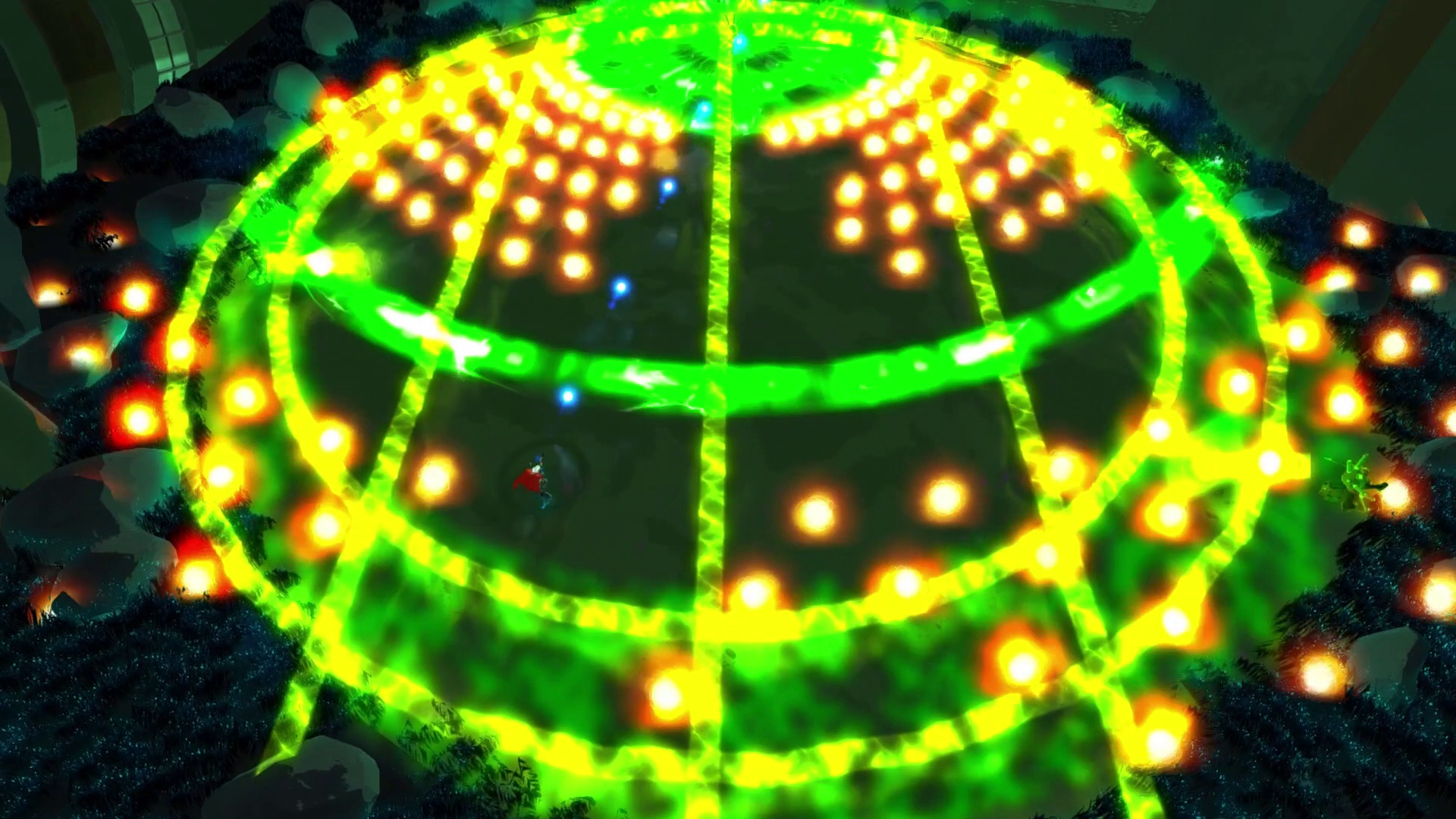
At least there's a little time to cool off between grueling fights while you walk to the next gate, traversing each prison plane’s distinct biome. There’s a massive red desert with bulky pipes worming in and out of the surface, a topsy-turvy series of zen garden islands of magenta sand, and a verdant oasis where you’re given the option to rest for eternity (I rudely declined). You’re free to wander these interstitial scenes while Rabbit Man seethes with anger and eggs you on. The camera changes often and dramatically, making control a challenge. ‘Forward’ in one shot might mean left in another. Luckily, I figured out how to enable auto-walk by pressing A, but only through frustrated button-mashing. The scenes are a calming, contemplative counter to Furi’s always-on combat, and a nice break to soak in the story and atmosphere. I wish there was a bit more in terms of how the Stranger is characterized—it’s only done through others’ dialogue and slight environmental clues, but there’s enough to figure he’s a troubled man with a tragic arc. It’s subtle storytelling that relies more on Furi’s bold stylings to communicate rather than spoken word.
And Furi is at its best when it stacks up these big blocks of distilled style—canted camera angles, colorful vistas that fisheye into the horizon, glassy synth pump-up jams, bonkers anime adversaries with funky clothes and a few mysterious one-liners—and converts the sticky-sweet excess into adrenaline, tension, and confidence through its simple, challenging combat system. It’s a great action game with a few potent hang ups that’ll rightfully push impatient players away, but one that expresses the Stranger’s burning anger through sustained, controlled intensity rather than hokey, explosive set pieces.




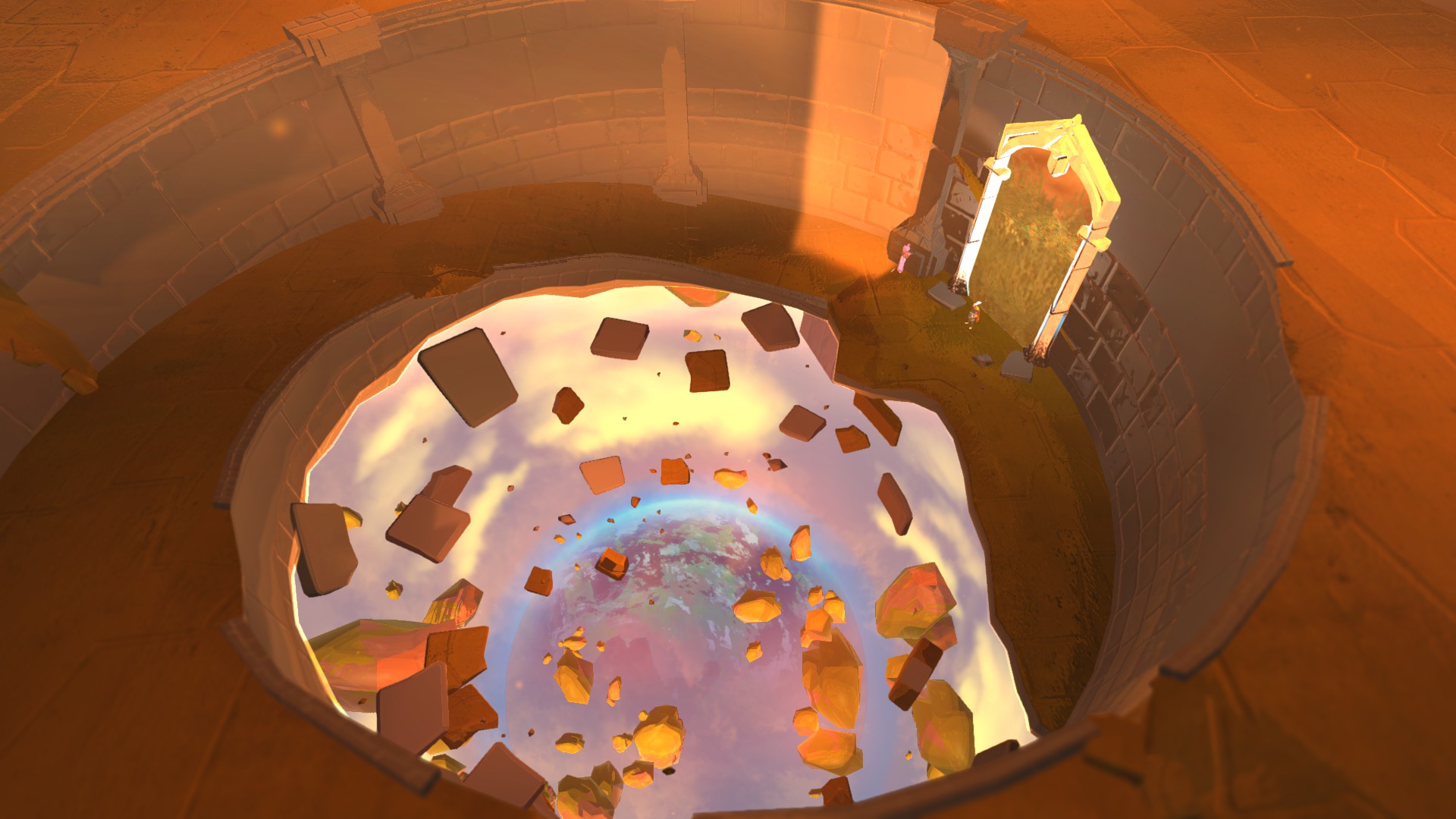

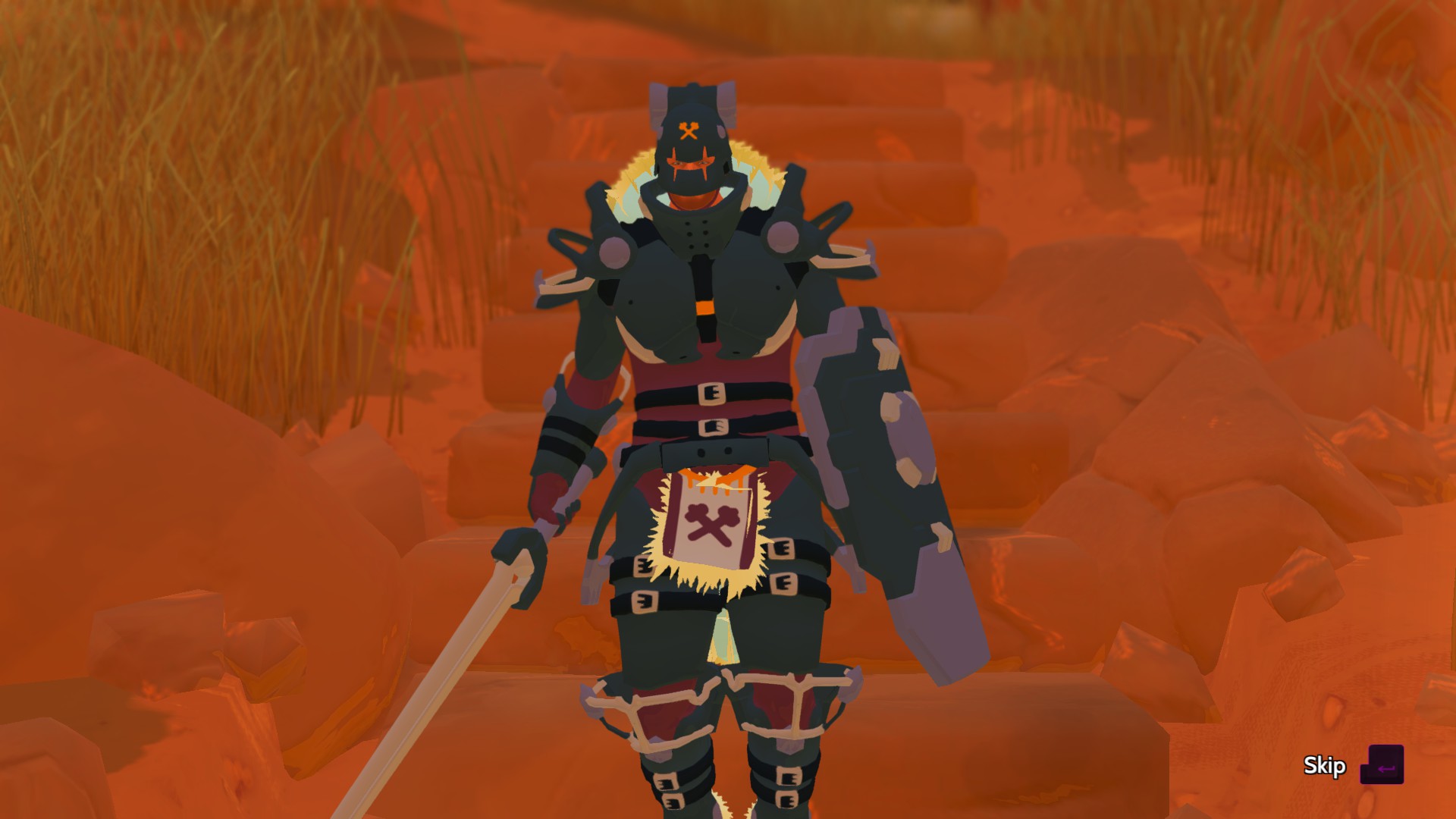
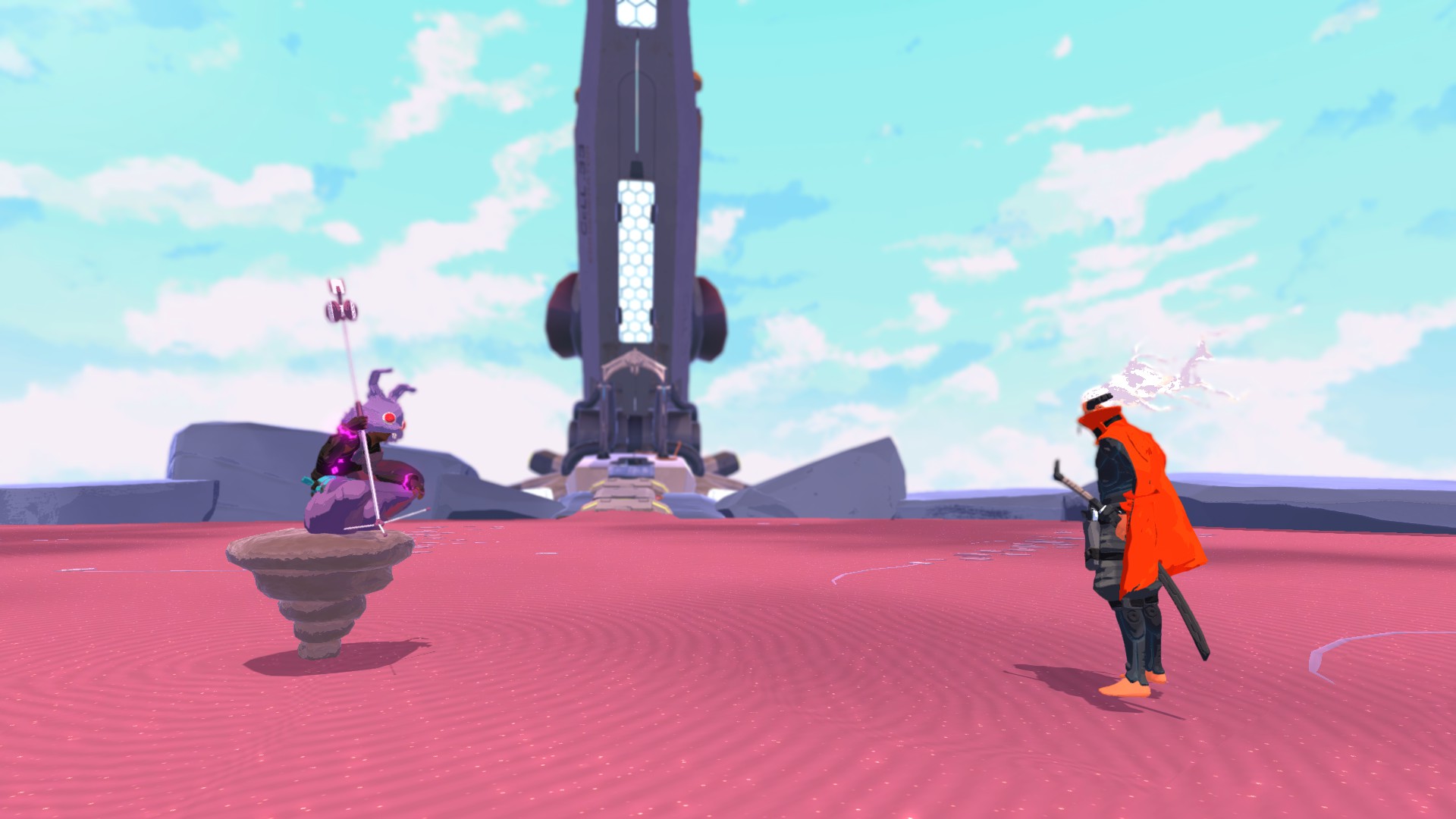
A stylish mix of bullet hell and deft swordplay, Furi is only held back by rare bugs and poorly designed difficulty spikes.
James is stuck in an endless loop, playing the Dark Souls games on repeat until Elden Ring and Silksong set him free. He's a truffle pig for indie horror and weird FPS games too, seeking out games that actively hurt to play. Otherwise he's wandering Austin, identifying mushrooms and doodling grackles.



